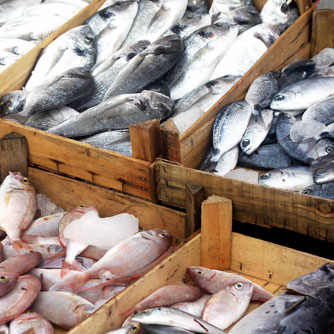It has been known for some time that large predatory marine fish contain high levels of methylmercury in part because they eat lots of smaller, mercury-containing fish. The main pathway for human exposure to methylmercury is the consumption of large predatory marine fish, and health effects of methylmercury on humans can include damage to the central nervous system, the heart and the immune system. The toxin builds up in the tissues of the top-of-the-food-chain predators through a process called bioaccumulation. Joel D. Blum, from the University of Michigan (Michigan, USA), and colleagues have determined that up to 80% of the toxic form of mercury, called methylmercury, found in the tissues of deep-feeding North Pacific Ocean fish is produced deep in the ocean, most likely by bacteria clinging to sinking bits of organic matter. The study also confirmed that the mercury found in Pacific fish near Hawaii likely traveled through the air for thousands of miles before being deposited on the ocean surface in rainfall. The North Pacific fisheries are downwind from rapidly industrializing nations such as China and India that are increasingly reliant on coal-burning power plants, a major source of mercury pollution. Most importantly, the findings suggest that levels of the toxin in Pacific Ocean fish will likely rise in coming decades.
Fish Contamination A Continued Health Hazard
Joel D. Blum, Brian N. Popp, Jeffrey C. Drazen, C. Anela Choy, Marcus W. Johnson. “Methylmercury production below the mixed layer in the North Pacific Ocean.” Nature Geoscience, 25 August 2013.
RELATED ARTICLES




